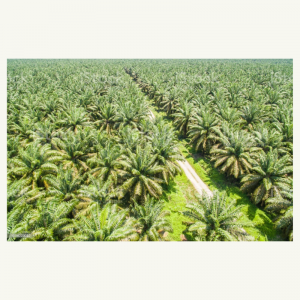What is Climate Change?
Climate change is a broad term used to refer to changes in the Earth’s climates, at local, regional, or global scales, and can also refer to the effects of these changes.
In recent decades, the term ‘climate change’ is most often used to describe changes in the Earth’s climate driven primarily by human activity since the pre-Industrial period (c. 1850 onwards), particularly the burning of fossil fuels and removal of forests, resulting in a relatively rapid increase in carbon dioxide concentration in the Earth’s atmosphere.
Global warming is a term often used interchangeably with climate change, as it is one of the most important measures of global change. Global warming refers to the rise in average global temperatures, which is linked to significant impacts on humans, wildlife, and ecosystems around the world. Because there are more factors and impacts than only rising surface temperatures, the term climate change is used to include these additional impacts. There is strong consensus among scientists, representing 97% of actively publishing climate scientists, that human influence has been the dominant cause of observed warming trends since the 20th century.
The Impact of Climate Change on Palm Trees
Climate change is toughest on those who do not adapt or relocate. This is an unfortunate fact for palms, for which this process normally takes millions of years. Their lacking ability to adapt or relocate could spell the end for many palm trees over the next 200 years as the temperatures will be rising at an even faster rate than today.
The loss of palms isn’t only a problem for the palms.” Professor Henrik Balslev and others conducted a study that found that out of the 2,440 total palm species, more than half are used by humans for building materials and food. People in various regions around the world heavily rely on these palms and the crops that can be harvested from them. If the palms disappear, it will have a serious effect on many people whose lives are highly dependent on the fate of the palms.
Lead author Tammo Reichgelt, who has previously studied Antarctic ice melt, looked into the specific requirements of palms and used records of more than 20,000 fossil palm records to see how palms have spread over time. Palm seedlings, in particular, are extremely sensitive to cold; palms in general cannot survive if the average temperature during the coldest month of the year is lower than 36 degrees Fahrenheit.

Weather Requirements To Grow Palm Trees
People associate palms with warm climates because they need consistently warm or at least not consistently cold weather to survive. Winter knocks out palms, which are hardy plants that can grow in both dry and wet areas in great concentration. This is why palms are so widespread in warm climates. That said! Rising temperatures might allow palms to survive in places not ordinarily considered tropical.
The palms’ lacking ability to adapt may spell the end for many of them. As the climate changes over the next 50 to 200 years, some areas will become highly unsuitable for the palm species that belong there. Since they cannot adapt that quickly, they risk a slow but certain extinction.
In the meantime, however, new areas will emerge that have conditions that are favorable for the palms. But since the palms aren’t very good at spreading to new territories, it will probably take a long time before the palms manage to adopt the new niche by themselves.
“Humans will probably help some of the popular ornamental palms by planting them in gardens and pots.”
“The most important thing is to prevent the loss of the palms’ natural habitats and limit the impact of climate change as much as possible,”
”A temporary solution would be that we humans help the palms establish themselves when new territories arise that have a suitable climate for them.”
Findings have similarly shown that the impact of future climate change on the cultivation boundaries of fruit trees will lead to the expansion of their cultivation in warm areas. Climate change can be a threat or an opportunity
Scientific links
Dispersal and niche evolution jointly shape the geographic turnover of phylogenetic clades across continents, Scientific Reports, DOI: 10.1038/srep01164


